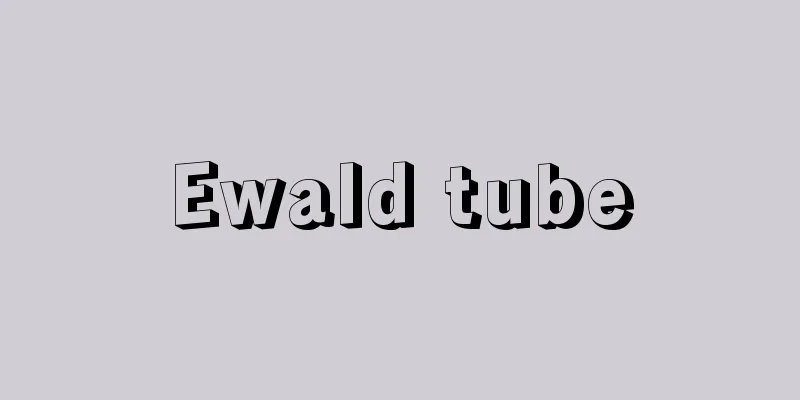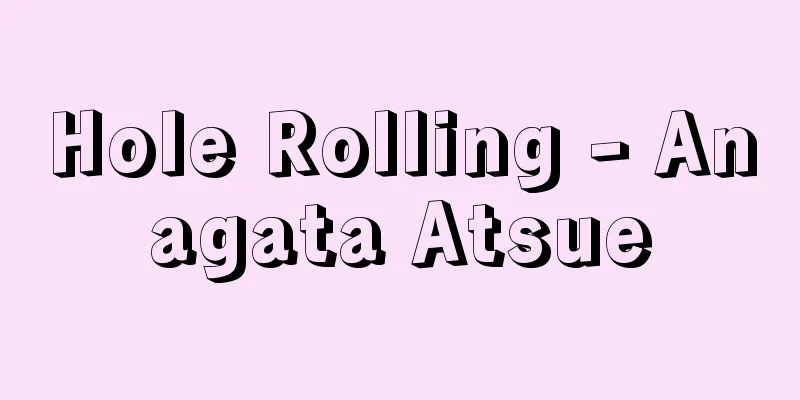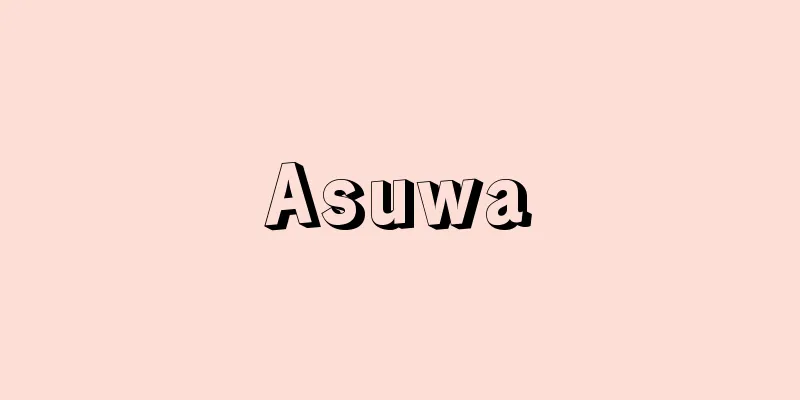Blackboard - kokuban (English spelling) blackboard

|
A notice board on which letters and drawings are written with chalk. Blackboards began to be used in Europe in the 16th century, but were not recognized as an essential teaching tool until after the 19th century. They were introduced to Japan from America in 1872 (Meiji 5) by Marion M. Scott (1843-1922), a teacher at Daigaku Nanko, and quickly spread to schools all over the country. At first, blackboards were used exclusively by teachers as a central teaching tool in classes using the group teaching method, but due to the new education movement of the 1920s, they gradually became available to children. Even today, blackboards remain an important teaching tool, and are the most commonly used in classrooms. Originally, blackboards were simply wooden boards measuring approximately one meter square with black paint smeared on them, but they were gradually improved, and today there are many different types of blackboards. In terms of structure, in addition to the standard stationary type, there are hanging types, movable types, lift-up and retractable types, and other types of blackboards. There are also flat blackboards, curved blackboards that eliminate light reflection, and roll-up blackboards that are easy to transport and store. In addition to wood, they are now often made of vinyl or steel, and in addition to chalk, water-based ink is also used. With steel chalkboards, magnets can be used to post printed materials, expanding their functionality. As for the color, most chalkboards are now dark green for reasons of eye hygiene and feel, and white chalkboards (whiteboards) have also become popular. Most chalkboards are blank, but some have music staves, graphs, blank maps, weather charts, event schedules, and other writing on them. In addition to being used for school education, there are also chalkboards for office work, home use, etc. [Takaharu Moribun] "The Cultural History of the Blackboard: Another World for Education" by Makoto Ishikawa (1998, Hakujunsha) [Reference item] | |Source: Shogakukan Encyclopedia Nipponica About Encyclopedia Nipponica Information | Legend |
|
チョークなどで文字や図などを書くための掲示用の板。黒板は16世紀のヨーロッパで使われるようになったが、必須(ひっす)の教具として認められるようになったのは19世紀以後のことである。日本では1872年(明治5)大学南校の教師スコットMarion M. Scott(1843―1922)によってアメリカから導入され、またたくまに全国の学校に普及した。初め黒板は、一斉教授法による授業のもとで中心的教具として教師の専用物であったが、1920年代の新教育運動などもあって、しだいに子供に開放されてきた。 黒板は今日でも教室でもっともよく使用される重要な教具としての位置を占めている。黒板は最初木製でほぼ1メートル四方の板に黒い塗料を塗り付けた程度のものであったが、しだいに改良され、今日では多くの種類がある。構造からみると、一般的な据え付け式のほか、掛け式、移動式、上げ下げ式、開閉式などの黒板がある。平面黒板、光の反射をなくした曲面黒板、運搬や保管に便利な巻き軸黒板などもある。 材質も、木製のほかにビニル製、スチール製が多くなり、チョークのほかに水性のインキも使用されるようになった。スチール式ではマグネットを用いると印刷物などの掲示ができ、それだけ機能が拡大してきている。色も、目の衛生、感じなどから、ほとんど暗緑色のものになり、白色の黒板(ホワイトボード)も普及してきた。多くの黒板は無地であるが、五線、グラフ、白地図、天気図、行事予定などの書き込まれたものもある。学校教育用のほかに、オフィス事務、家庭用などの黒板もある。 [森分孝治] 『石川実著『黒板の文化誌――教育のためのもうひとつの世界』(1998・白順社)』 [参照項目] | |出典 小学館 日本大百科全書(ニッポニカ)日本大百科全書(ニッポニカ)について 情報 | 凡例 |
<<: Melanosis - English spelling
Recommend
Fermentation tank - fermenter
A vessel in which fermentation takes place. A vess...
Correspondence between Seneca and Paul
Epistles included in the New Testament Apocrypha. ...
board
Originally it meant a wooden board. Boards are a g...
Inishmore - Inishmore
…Three islands at the mouth of Galway Bay in west...
karēz (English spelling)
…A culvert-type water facility found mainly in ar...
Ceramic condenser
A general term for capacitors that use metal oxid...
Obaku Kiun
Date of birth and death unknown. A Zen monk from ...
ADCC
antibody-dependent cell-mediated cytotoxicity, ant...
Floating sea bream
〘Noun〙 A sea bream that swarms and rises to the su...
Biological production
A term used to understand the process of growth a...
Kirchhoff, JWA - Kirchhoff
…Doubts have been expressed since ancient times a...
Kaihon - Picture book
〘 noun 〙 French. A book that combines commentaries...
Kusamochi - Kusamochi
A type of mochi confectionery. Mochi made with in...
Carapace
...A general term for the hard, plate-like struct...
Cynognathus (English spelling)
A genus of mammal-like reptiles belonging to the S...









